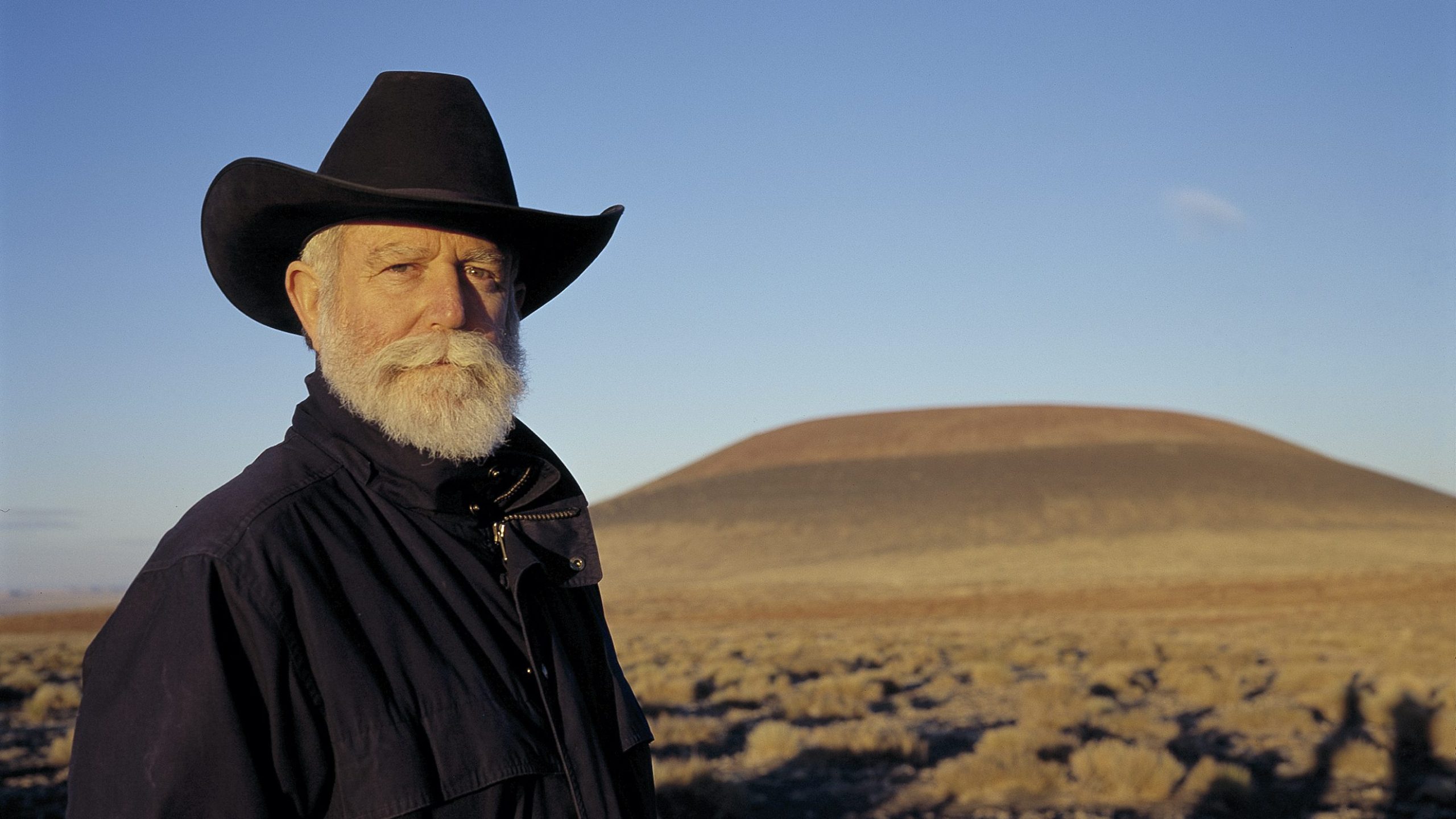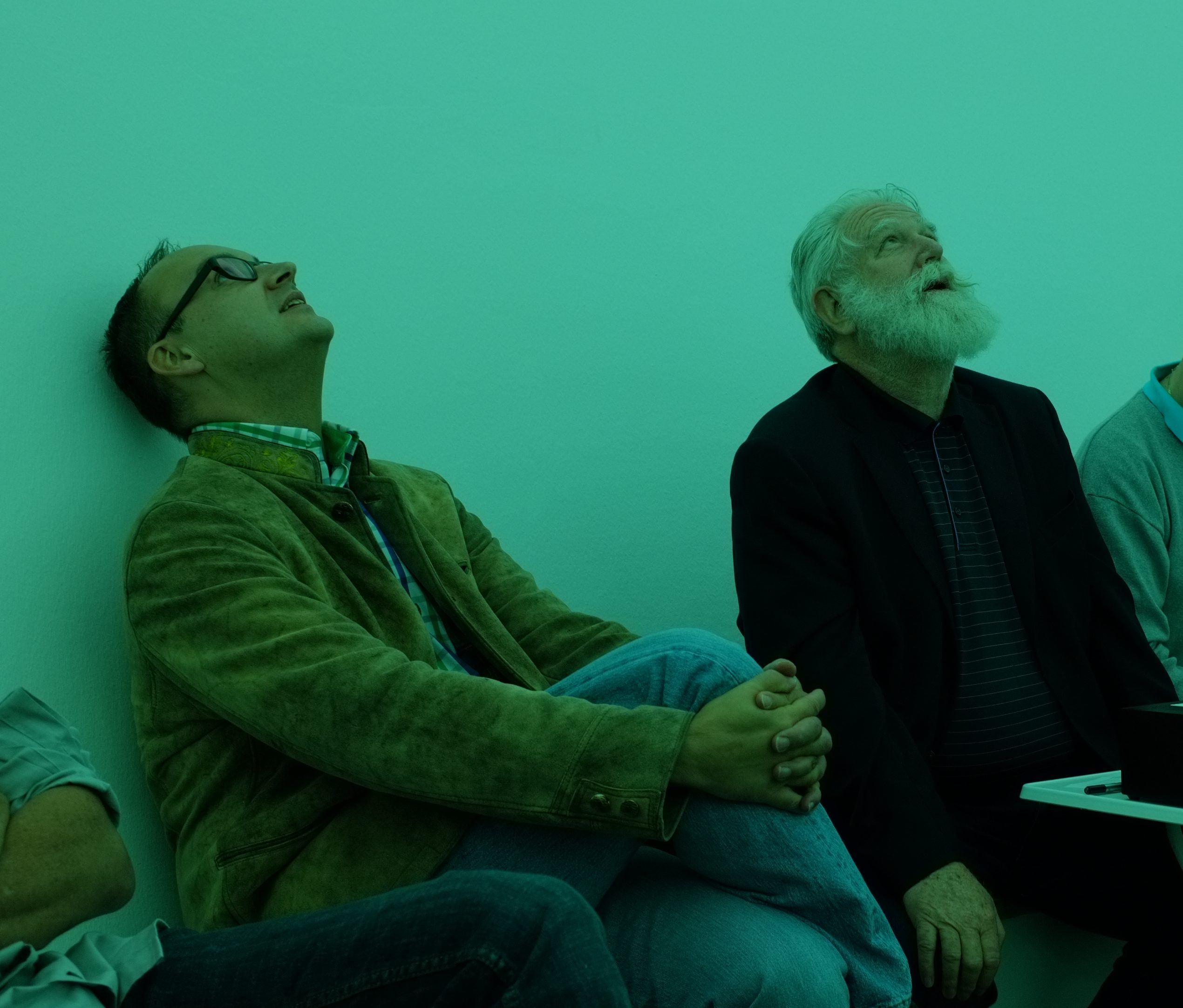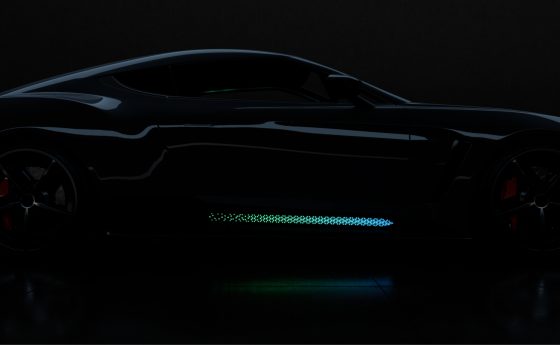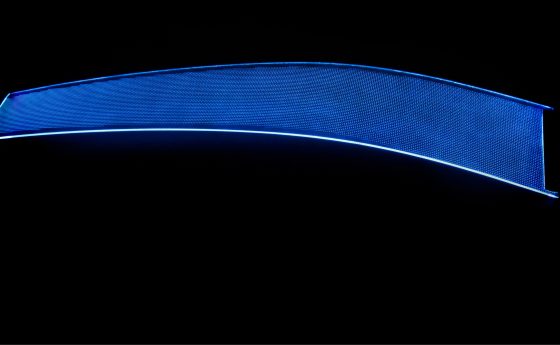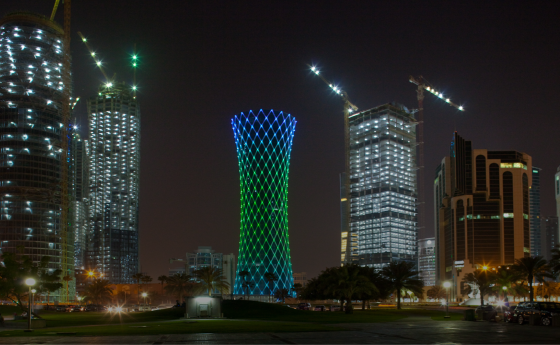Learning from James Turrell: collaboration with James Turrell has changed Karl Weinhold and his company feno forever. Karl reveals insights that can benefit creatives in the lighting sector and why he would like to take the quality of light in cars to a new level.
What effect has James Turrell had on you?
James opened my eyes. He taught me to focus less on the technical and more on the emotional. James’s medium is perception, and his science is the psychology of perception. I have known James for over 20 years, and he is still expanding my understanding of what lies beyond technology and all things measurable. James has vastly heightened my awareness of perception and where its limits lie.
You mean you’re journeying to the frontiers of physics?
No. Much of what we perceive does not exist at the physical level. Instead, it is created in the brain. James has proved in experiments such as his Perceptual Cells that people suddenly perceive phenomena – shapes and movements – that are formed solely by the brain in stroboscopic light. It is important to understand that there is more than simply what can be explained.
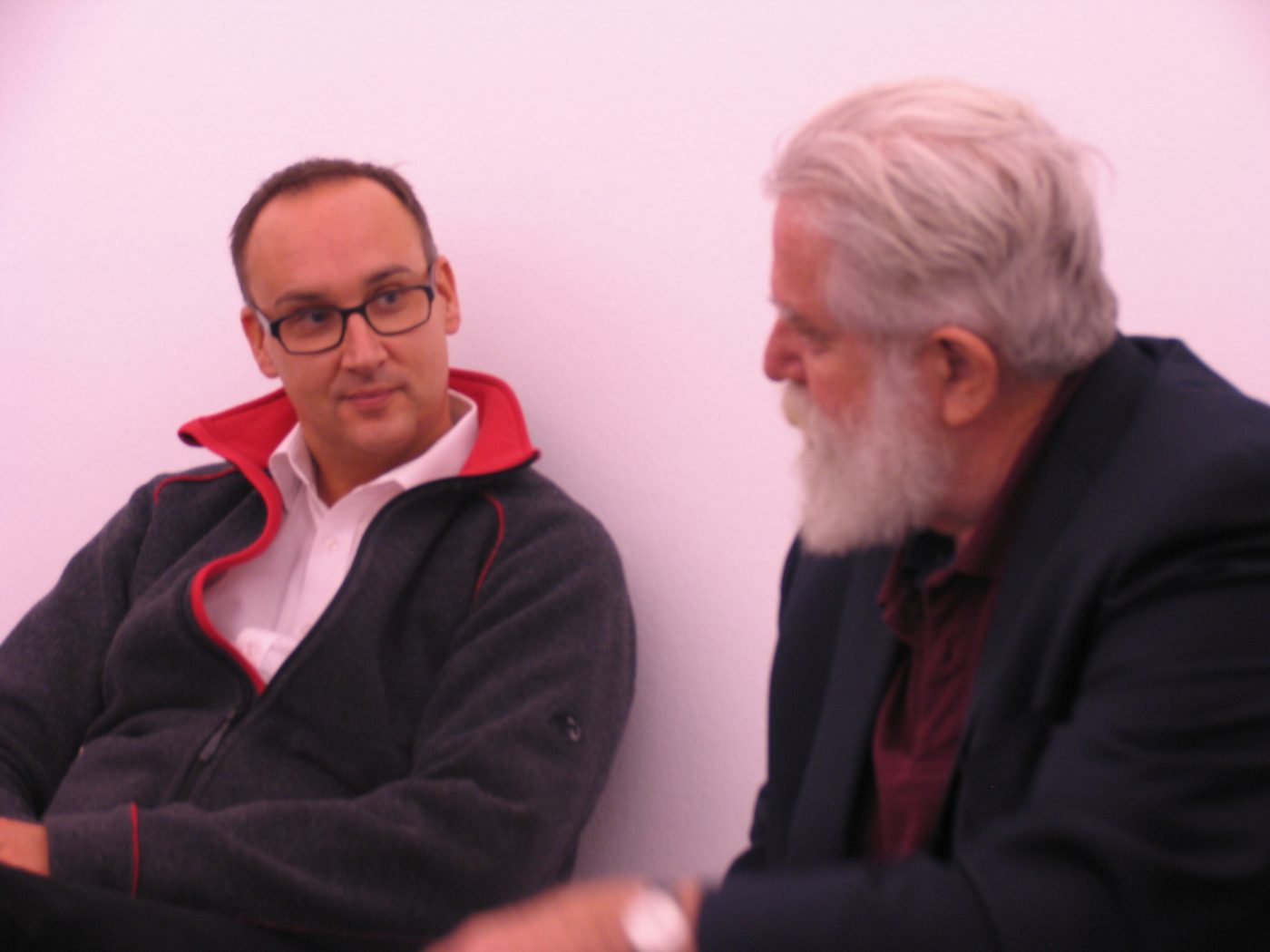
It's important to understand that there's more than simply what can be explained.
Picture: Karl Weinhold and James Turrell, Skyspace Salzburg
But isn’t it absurd that these findings have barely made their way into everyday applications?
In the automotive industry, there is a growing understanding that spending money on high-quality light can make a huge difference. The lighting in aircraft is particularly poor. I once flew to South Africa and chose to go on an A380. I was shocked by the lighting in there. Nothing but RGB colors; no continuous spectrum. Obviously, every light in the aircraft has to be identical and calibrated. But why not at least create a natural light spectrum in every plane that would make you feel comfortable and relaxed? The know-how is available.
So do we need a Turrell-like change of perspective in cars and aircraft?
That’s absolutely essential if we want to exploit the potential of light. James likes to talk about the materiality of light. In other words, light as a material. And about the fact that light not only reveals but is itself the revelation.
Revelation in cars – what are we to understood by this?
It’s all about individuality. Individuality is an important distinguishing feature today, both for the brand and for the vehicle itself. You would choose expensive wood veneers and expensive leather for a premium class vehicle – so why then would you use a light spectrum that didn’t include any of the colors of the leather or the veneers? What’s more, coordinated lighting effects could be used to meet a driver's personal preferences, reflect their taste and take the brand experience to a very deep, non-technical, emotional level. Light can enhance the brand experience and product value.
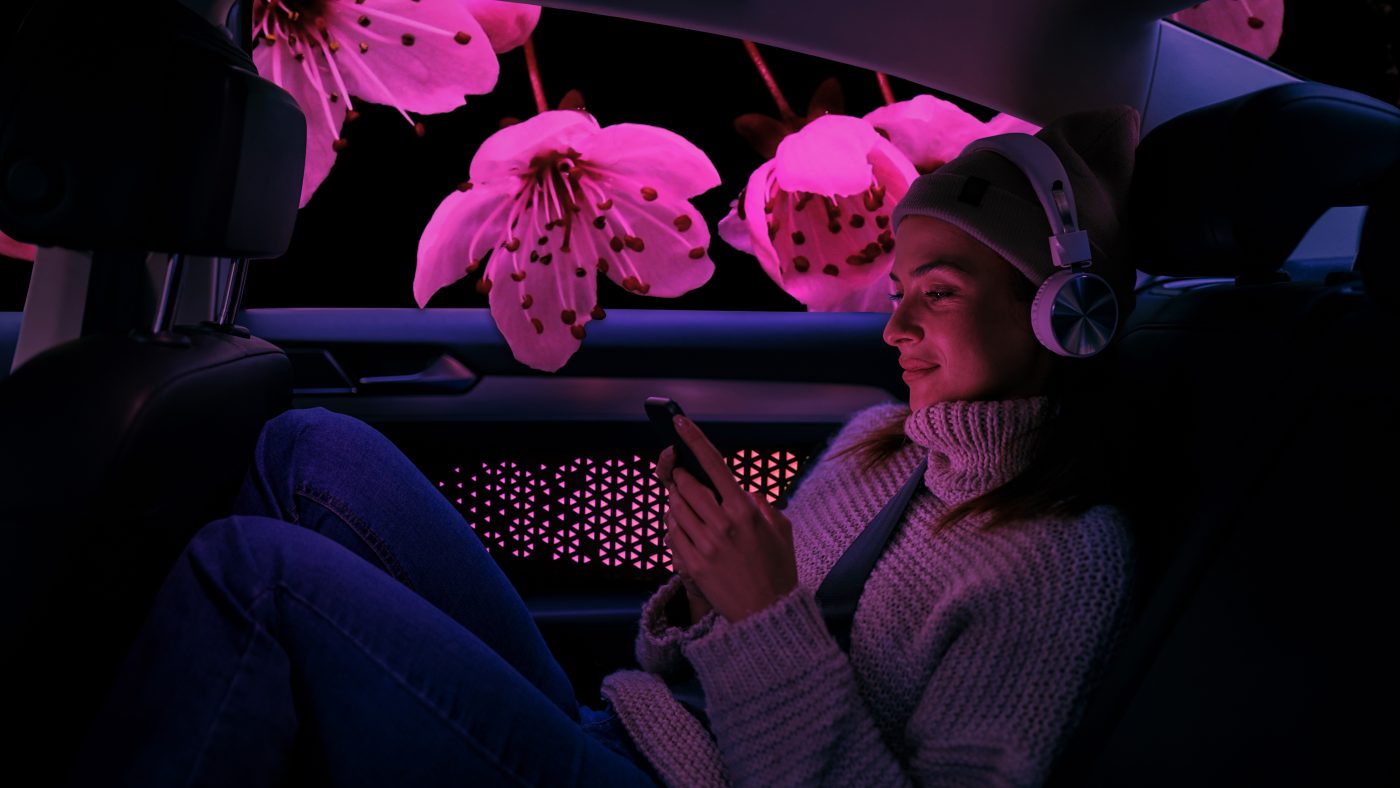
Light can enhance the brand experience and product value.
Picture: So close to heaven at the Skyspace Lech
If you had a completely free hand, what would you do in the car?
I would love to add lighting of a much higher quality and give drivers a greater sense of calm and wellbeing. Always with the option of some individualization. And with modern functionality, such as using light to warn of a dangerous situation or to check on how alert the driver is. I would always fight to reduce the number of monitors. And if that doesn’t work, I would give the monitors a sensible light.
Doesn’t wellbeing come from natural light sources?
Yes. Sunlight, fire, candlelight, sunrise, sunset, an overcast sky, the blue hour… What interests me is how do I translate this into technology and get closer to nature? All these thoughts have very much been inspired by James.
Can technical developments that you have gained from projects with James help you here?
And how. In Turrell’s Skyspace luminaires we combined eight different LEDs to create a continuous spectrum. Just think of the wonderful possibilities in car interiors. Light is still considered to be too incidental, too easily taken for granted. A means to an end. But we have already been approached by some car manufacturers. In particular, manufacturers of luxury vehicles.
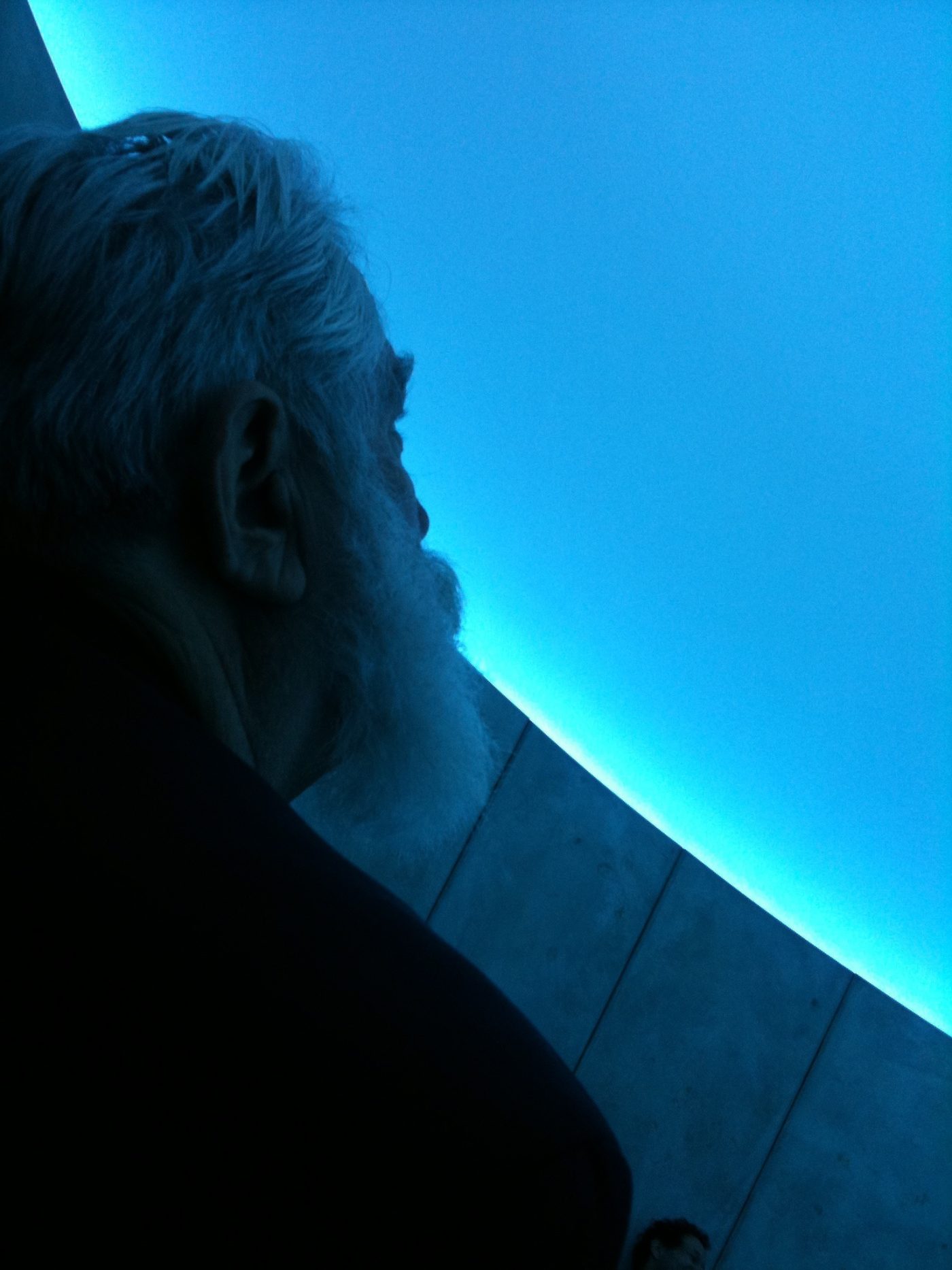
Just think of the wonderful possibilities in car interiors.
Quote: Karl Weinhold
Picture: James Turrell at the Skyspace Jaerna
You have been implementing Turrell projects for 20 years – what effect has James had on your company?
The enthusiasm for this particularly fine, delicate and technically extremely demanding work was instantly infectious and triggered a boost in motivation. And of course, being involved in famous art is something everyone can be proud of. And that extends to the technology side because such applications mean entering new territory. That has fundamentally shaped the entire feno company. 20 years ago it was impossible with standard lighting equipment to fade up from total darkness to bright light with no discernible step changes, no flashes of light on power-up and always matched to the sensitivity of the eye. Now we take that for granted. We have made James’s claim our own.
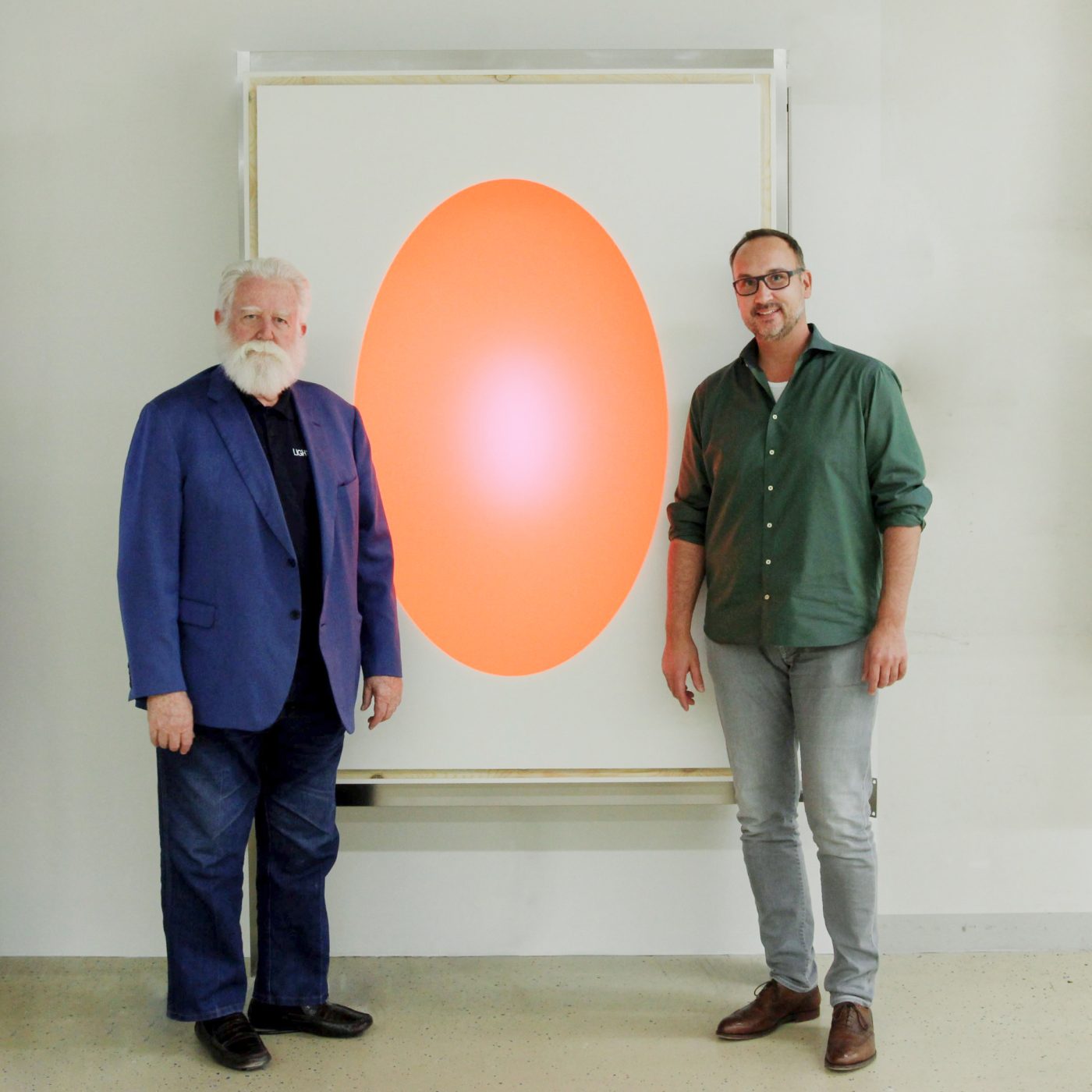
We have made James's claim our own.
Picture: James Turrell and Karl Weinhold working on the Elliptical Glass at feno
What was the greatest challenge in working with James?
You need to be prepared unconditionally to listen to the artist without bias. And you need the ability to understand both art and technology. Off-the-shelf solutions are not always available – to say the least. That’s why so many artists and designers have come to us. Because they hoped for understanding and found it. The situation in the automotive sector and indeed other sectors is much the same as with light art. First, it’s about understanding. And then translating that understanding into technology.
James has occasionally popped in to the company to work on his projects on site. Do you tiptoe around him?
When we created the first Glass Works with him in 2016, for example, there was a certain amount of nervousness here. People were feeling a bit jittery and awestruck, but basically there was total concentration. It takes a huge effort to meet the extreme technical standards that this art demands. It’s the same with other artists and designers such as Ingo Maurer. But most of the time you get into the groove quite quickly. We have a good understanding.
Is James approachable?
Yes, very. Absolutely. That may be because of the special relationship between the artist, who has the idea, and the craftsman, who gives them the technical possibility. James once said: “No, you're also an artist.” But I see myself as a craftsman. It’s like someone making etchings and someone else printing them. You need an artistic understanding, but I have always seen myself as a tool in his hands. There has never been any friction between us. He has invited me to his home, and we have experienced all kinds of adventures together in Mexico, Switzerland and Japan. He has always been very amiable.
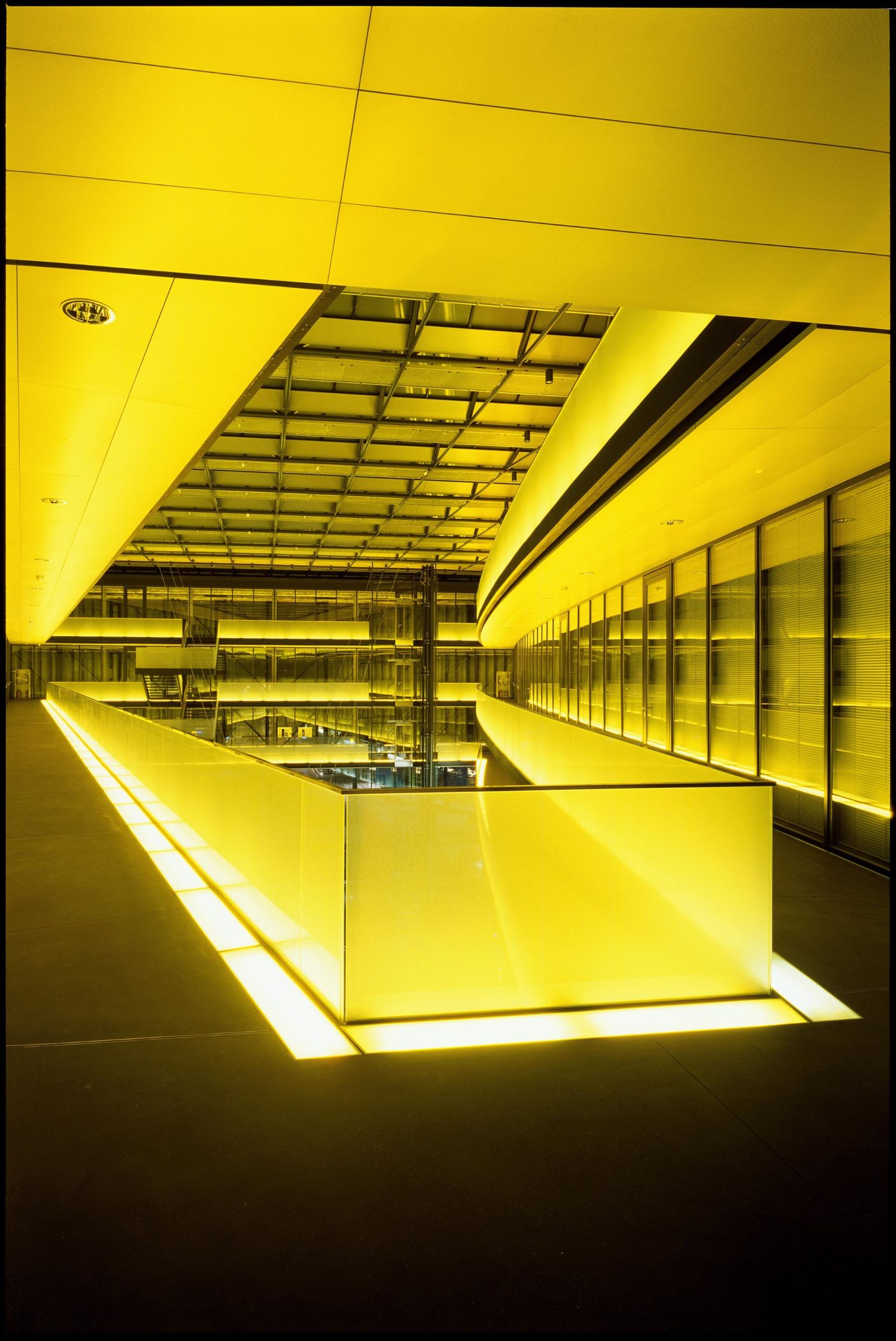
I have always seen myself a tool in James’s hands.
Picture: The light-flooded Station in Zug, Switzerland
Were there any key moments that shaped your continued collaboration?
Yes, several. Take the first project, for example. It was in Frankfurt at the of the Dresdener Bank Tower, as it was known then. We had two major art projects in the the building at the same time. Our client had sent me specifications in advance showing how James wanted to program and implement the projects. At the tower itself I saw that the sketch was very different from what James wanted. So I said to James: “I’ll make it work for you, but I won’t be able to do it today because this is something I haven’t prepared for.” I stayed up all night completely reprogramming the software so that the lighting control system worked the next morning just as James had envisioned. That seems to have impressed him. In any case, we received the next order shortly afterwards. That was for the fantastic Skyspace in Japan. James’s first ever LED Skyspace.
I heard you once absconded together...
Yes, that did happen. The first time we had the opportunity to spend a lot of time with each other was on the “Zug Station” project. At the opening party with congratulatory speeches and lots of invited guests and sponsors, I went out to look at our handiwork in peace. I was sitting on a bench admiring the artwork when a few minutes later James came and sat down beside me also to take a little time to look at it. Then he said: “Shall we go and eat something?” So we went. Somewhere completely different. Sometime later we returned to the party. On such occasions, we talked a lot about our outlook on life, family and other personal matters. So yes, he’s definitely approachable.
If you could choose your next project with James, what would it be?
It would be another project like Aqua de Luz on Yucatan. One with different art installations each with different requirements in the same environment. I would love to do that. And I'd love to develop a James-Turrell-car with an Automotive OEM.
